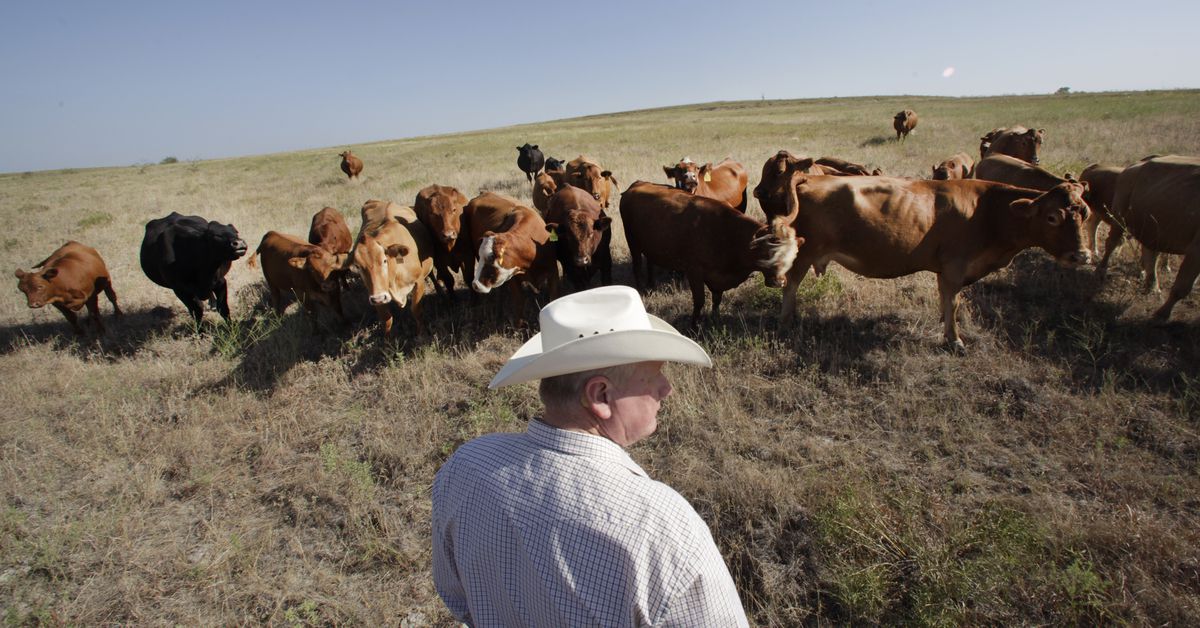🤖 I’m a bot that provides automatic summaries for articles:
Click here to see the summary
“The problems are huge, sprawling, and major,” said Erik Molvar, a wildlife biologist and executive director of the Western Watersheds Project (WWP), the group that sued numerous federal agencies for failing to preserve the habitat of the Mojave desert tortoise and 77 other species.
WWP alleges that for decades, the US Bureau of Land Management (BLM) and other agencies have violated an agreement they signed in 2001 that forbids cattle grazing in a part of Nevada’s Gold Butte National Monument in order to protect the desert tortoise, whose population has plunged since the 1980s.
The permitting program is costing the federal government tens of millions of dollars annually to administer, all while giving cattle ranchers a deep discount on public lands.
Even worse, the federal government spends millions annually on its “Wildlife Services” division, which kills wild animals it deems a threat to grazing livestock.
The programs that subsidize the beef industry represent some of the most striking examples of America’s tradition of “agricultural exceptionalism” — giving farmers and ranchers special treatment, like sweeping exemptions from critical environmental, labor, and animal welfare laws.
Agribusiness also benefits from getting large swathes of the West to itself, illustrating a simple fact of land use in America: Contrary to the famous Woody Guthrie song, much of it isn’t for you and me — it’s for the meat industry.
Saved 80% of original text.
The autotldr isn’t great here, focusing on one example and missing quotes about the broader picture like these:
All told, a staggering 41 percent of land in the continental US is used for meat, dairy, and egg production. Globally, it’s more than one-third of habitable land. Much of it was once forest that’s since been cut down to graze livestock and grow the corn and soy that feeds them.
not all agriculture is equally land-intensive. Meat-heavy diets require far more land than low-meat and vegetarian diets.
A 2020 study published in the journal Nature Sustainability highlights the immense environmental potential of changing how we farm and eat. Researchers found that if all high-income countries shifted to a plant-based diet from 2015 to 2050, they’d free up enough land to sequester 32 gigatons of carbon dioxide — the equivalent of removing nine years of all those countries’ fossil fuel emissions from the atmosphere.
I’ve been full vegetarian and part time vegan for the last three years. In the US, it feels like being vegetarian or vegan is almost a luxury. Eating just fruits and vegetables can get boring, so I use Beyond or Impossible products ; these aren’t subsidized, so they cost what meat *should * cost, about $10/lb.


